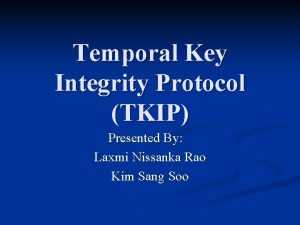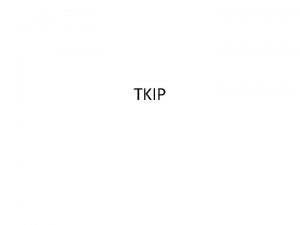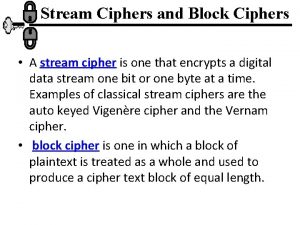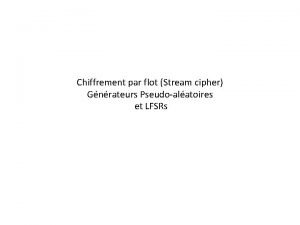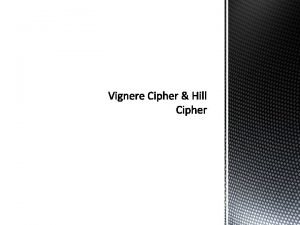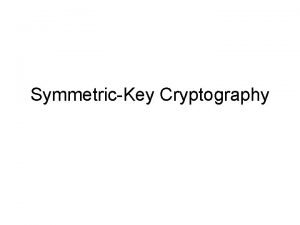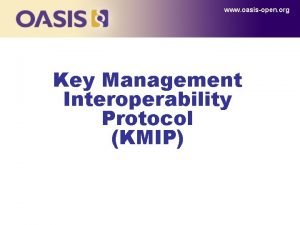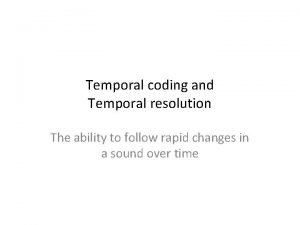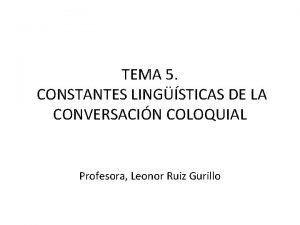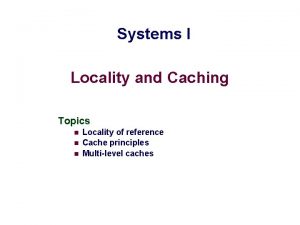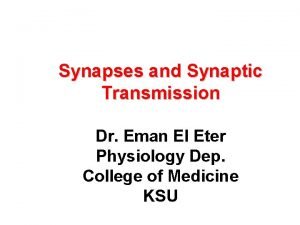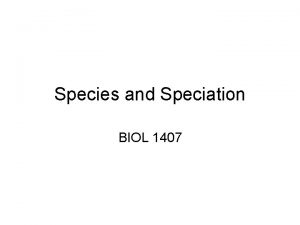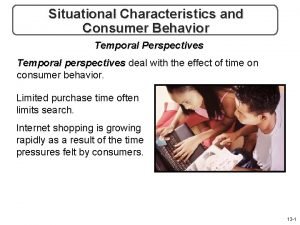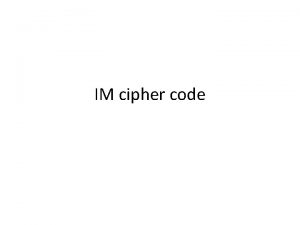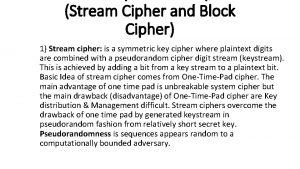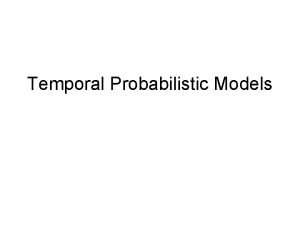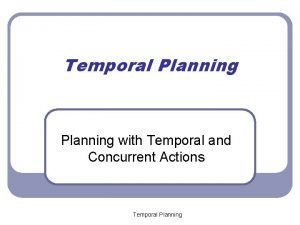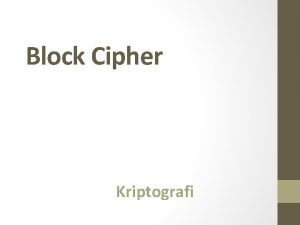TKIP Temporal Key Integrity Protocol TKIP A cipher


















- Slides: 18

TKIP

Temporal Key Integrity Protocol (TKIP) • A cipher suite based on old hardware (RC 4 cipher) – A transmitter calculates a keyed cryptographic message integrity code (MIC). TKIP appends the computed MIC. The receiver discards any frames with invalid MIC in TKIP is not perfect due to hardware constraints. Has a timeout countermeasure. – Uses a transmit sequence counter (TSC) for every frame. Defend replay attack. – Uses a key-mixing function to combine the temporal key, the transmitter address (TA), and the TSC into the seed (IV, key) for the RC 4 stream cipher

TKIP Encapsulation The figures are from http: //standards. ieee. org/getieee 802/download/802. 11 i-2004. pdf

Decpsulation

Format Note: ICV is just the 4 -byte checksum

Format TSC 0 and TSC 1 are used in phase 2 key mixing TSC 2 to TSC 5 are used in phase 1 key hashing Extended IV – 1 for TKIP, 0 for WEP Key ID – ``set to the key index supplied by the MLME-SETKEYS. request primitive for the key used in encapsulation of the frame. ’’ • WEPSeed[1] = (TSC 1 | 0 x 20) & 0 x 7 f. • •

MIC • WEP design allows the packet forgery. Attacks: – Bit-flipping attacks – Data (payload) truncation, concatenation, and splicing – Fragmentation attacks – Iterative guessing attacks against the key – Redirection by modifying the MPDU DA or RA field – Impersonation attacks by modifying the MPDU SA or TA field

MIC Note: priority is set to be all 0 and is reserved for the future

Michael • TKIP uses a customized algorithm, called Michael, to compute the 8 -byte MIC. – The message is appended by 0 x 5 a at the end, then 4 -7 0 x 00. Divided into a 32 -bit words: M 0 to Mn-1. – Then, iteratively does the following:

Michael • The block function: Note: <<< and >>> represents shift with rotation. XSWAP for a function that swaps the position of the 2 least significant octets.

MIC • TKIP MIC is not very strong. So, among other things, – TKIP MIC failure events should be logged. – ``The rate of MIC failures must be kept below two per minute. This implies that STAs and APs detecting two MIC failure events within 60 s must disable all receptions using TKIP for a period of 60 s. The slowdown makes it difficult for an attacker to make a large number of forgery attempts in a short time. ’’ – Also defined procedures in case of MIC failure.

TKIP Mixing Function • The mixing function has two phases: – 1. mix the temporal key with TA and TSC. – 2. mix the output of phase 1 with TSC, temporal key to get the WEP seed.

The S-box used in TKIP • Both phase 1 and phase 2 depend on the Sbox, the same S-box used in AES. • The S-box replaces a 16 bit with another 16 bit. • There is a table of [2][256]. Given the 16 bits, the high byte and low byte are used as indices and then xor. #define _S_(v 16) (Sbox[0][Lo 8(v 16)] ^ Sbox[1][Hi 8(v 16)])

Phase 1 • The output of Phase 1 is TTAK, which is 80 bits and divided into 5 16 -bit words TTAK 1 to TTAK 5. Note: Mk 16(X, Y) = (256⋅X)+Y, where X and Y are 8 -bits values. PHASE 1_LOOP_COUNT = 8.

Phase 2 • Input: TTAK(80 bits), temporal key (128 bits), TSC( lower 16 bits). • Output: 128 bits (pre-frame key, WEP seed).

Phase 2 Note: PPK is a variable as 16 -bit array Note: Rot. R 1 is to rotate right by 1

Beyond TKIP • TKIP will become outdated. • The replacement is CTR with CBC-MAC Protocol (CCMP) which uses AES. • Page 57 -61.

Reading • http: //madwifi-project. org/browser/madwifi/trunk/net 80211/ieee 80211_crypto_tkip. c • Page 43 -57, http: //standards. ieee. org/getieee 802/download/802. 11 i-2004. pdf
 Temporal key integrity protocol (tkip)
Temporal key integrity protocol (tkip) Tkip mic
Tkip mic Block cipher vs stream cipher example
Block cipher vs stream cipher example Polynomes
Polynomes Vigènere cipher termasuk ke dalam cipher abjad-majemuk
Vigènere cipher termasuk ke dalam cipher abjad-majemuk Monoalphabetic cipher and polyalphabetic cipher
Monoalphabetic cipher and polyalphabetic cipher Cipher symbols
Cipher symbols Auto key cipher example
Auto key cipher example Ui integrity key definitions
Ui integrity key definitions Key partner adalah
Key partner adalah Key partners key activities key resources
Key partners key activities key resources Key management interoperability protocol
Key management interoperability protocol Infra
Infra Temporal resolution
Temporal resolution 5 ejemplos coloquiales de constantes
5 ejemplos coloquiales de constantes Temporal locality
Temporal locality Temporal summation vs spatial summation
Temporal summation vs spatial summation Hybrid breakdown example
Hybrid breakdown example Temporal perspective consumer behavior
Temporal perspective consumer behavior
